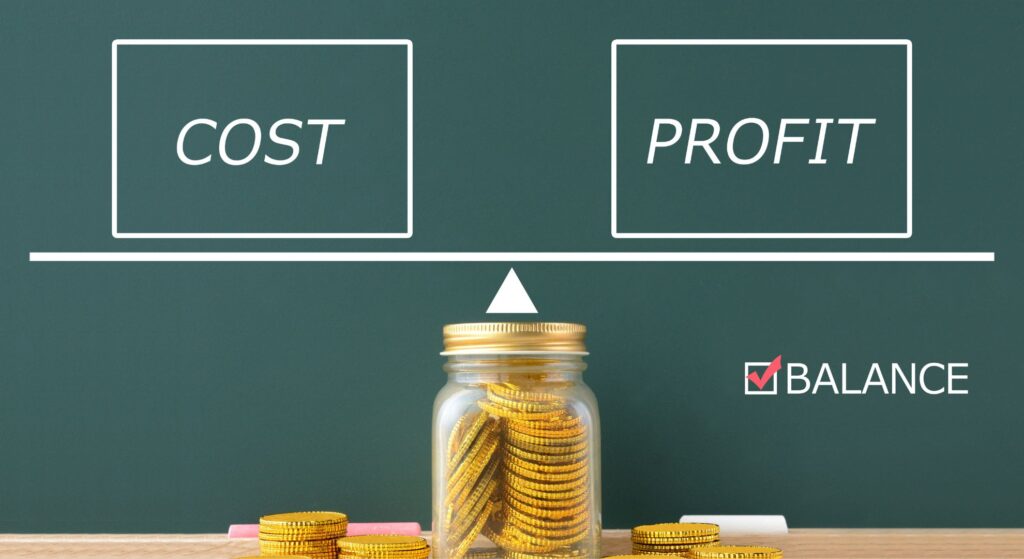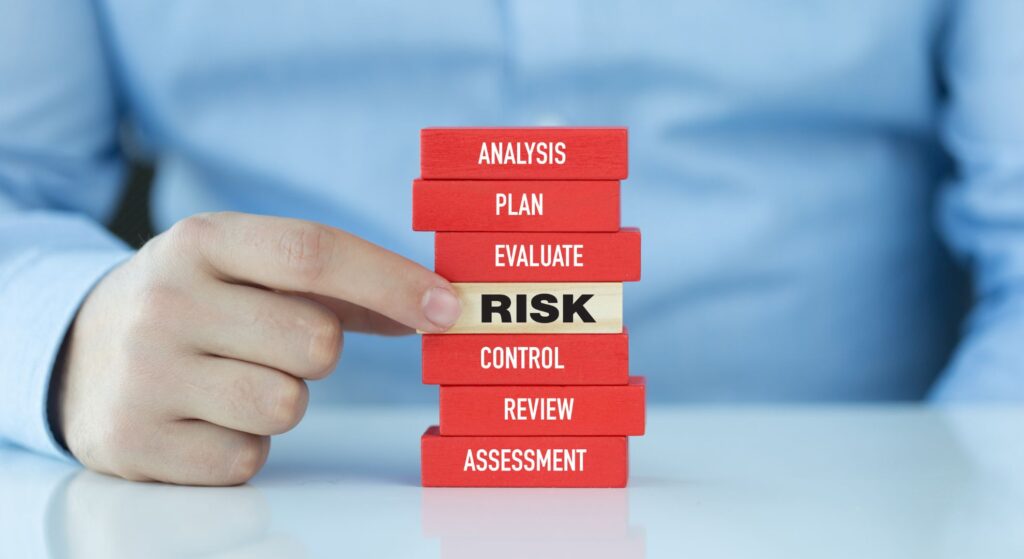
Profitable Cost Management – In the ever-evolving landscape of business, one thing remains constant: the pursuit of profitability. Regardless of the industry or sector you operate in, achieving and sustaining profitability is a fundamental goal. One critical aspect of this pursuit is cost management.
- The Fundamentals of Profitable Cost Management
- Strategies for Effective Cost Control
- Data-Driven Decision Making
- Employee Engagement and Cost Efficiency
- Risk Management and Contingency Planning
- Case Studies in Profitable Cost Management
- Balancing Cost Reduction and Value
- The Role of Leadership
- Continuous Improvement and Adaptation
- Embracing Change for Sustained Profitability
- FAQ’s
- What is the primary goal of cost management in business?
- Why is data-driven decision-making crucial in cost management?
- How can I encourage my employees to actively participate in cost management?
- What’s the difference between cost reduction and cost optimization?
- How can businesses adapt to changing cost management challenges in a dynamic market?
The Fundamentals of Profitable Cost Management

Defining Profitable Cost Management
Before we embark on this journey, let’s clarify what we mean by profitable cost management. It’s not merely about cutting expenses haphazardly. Instead, it involves a strategic approach to identify, control, and optimize costs in a way that enhances your bottom line.
Why Cost Management Matters
Cost management isn’t just about cost reduction. It’s about aligning your spending with your strategic objectives. When done right, it can free up resources for growth initiatives and improve your competitive position.
Identifying Cost Drivers
The first step in effective cost management is understanding what drives your costs. These can vary widely depending on your business. Identifying these cost drivers is essential for targeted cost control.
Strategies for Effective Cost Control
Streamlining Operations
Streamlining operations involves optimizing processes to eliminate inefficiencies. This has the potential to greatly reduce expenses without compromising quality.
Leveraging Technology
Technology, when used strategically, can automate tasks, improve accuracy, and enhance decision-making. Invest in the right technology to gain a competitive edge.
Supplier Negotiation Techniques
Effective negotiation with suppliers can result in better pricing and terms. Building strong supplier relationships is a key component of cost management.
Data-Driven Decision Making
The Role of Analytics
Analytics can provide insights into cost patterns and trends. Leveraging data is crucial for informed decision-making.
Implementing Key Performance Indicators (KPIs)
KPIs allow you to measure and track cost-related metrics. They provide a clear view of your cost management progress.
Real-Time Monitoring
In today’s fast-paced business environment, real-time monitoring of costs is essential. It enables quick course corrections when needed.
Employee Engagement and Cost Efficiency
Building a Cost-Conscious Culture
Engage your employees in cost management. When everyone is on board, cost-saving ideas can come from all levels of your organization.
Employee Training and Buy-In
Educate your staff on the significance of cost management and the ways in which they may help by investing in training programs.
Incentives for Cost Reduction
Think about rewarding workers who propose original ways to cut expenses. A culture of constant improvement can be encouraged in this way.
Risk Management and Contingency Planning

Identifying Potential Risks
Risk assessment helps you anticipate and prepare for unexpected cost increases or disruptions.
Establishing Contingency Plans
Having contingency plans in place can mitigate the impact of unforeseen events on your cost structure.
The Importance of Business Continuity
Ensuring business continuity during disruptions is vital. Balancing cost management with resilience is a key challenge.
Case Studies in Profitable Cost Management
Success Stories from Leading Companies
Let’s examine some real-world examples of companies that have excelled in cost management and the strategies they employed.
Lessons Learned and Applicable Strategies
Is there anything we can take away from these examples of corporate success and implement in our own operations?
Balancing Cost Reduction and Value
Ensuring Quality Amidst Cost Reduction Efforts
Cost reduction should not compromise the quality of your products or services. Striking the right balance is crucial.
Avoiding Short-Term Gains with Long-Term Consequences
Sometimes, cost-cutting measures that yield quick savings can have detrimental long-term effects. We’ll explore how to avoid this pitfall.
The Role of Leadership
Leadership’s Responsibility in Cost Management
Leaders set the tone for cost management efforts. We’ll discuss the leadership qualities needed to drive successful cost management initiatives.
Leading by Example
Effective leaders lead by example. They demonstrate cost-conscious behaviour for their teams to follow.
Fostering a Culture of Innovation
Innovation can lead to cost efficiencies. Learn how leaders can encourage innovative thinking.
Continuous Improvement and Adaptation
The Ever-Evolving Nature of Business
Business environments are dynamic. Staying agile and adaptable is essential for successful cost management.
Staying Ahead of the Curve
How can businesses anticipate changes and stay ahead in their cost management strategies?
Embracing Change for Sustained Profitability
Change is inevitable. Embrace it to ensure your cost management strategies remain effective over time.

Profitable cost management is not a one-time effort but an ongoing journey. It requires a strategic mindset, data-driven decisions, and a culture that values efficiency without compromising quality. By implementing the strategies and lessons discussed in this article, your business can navigate the complexities of cost management and achieve sustainable profitability.
Achieving profitable cost management is a path to success, and it’s a journey worth embarking on. Start today, and you’ll reap the rewards in the form of a more profitable and resilient business.
FAQ’s
What is the primary goal of cost management in business?
The primary goal of cost management in business is to optimize expenses in a way that enhances profitability. It involves identifying, controlling, and reducing costs while maintaining or improving the quality of products or services.
Why is data-driven decision-making crucial in cost management?
Data-driven decision-making is essential because it provides insights into cost patterns, trends, and areas where cost-saving opportunities exist. By analyzing data, businesses can make informed choices and prioritize cost reduction efforts effectively.
How can I encourage my employees to actively participate in cost management?
You can encourage employee participation in cost management by fostering a culture of cost consciousness. Provide training, incentives, and recognition for cost-saving ideas. When employees understand the impact of their contributions, they are more likely to engage in cost management efforts.
What’s the difference between cost reduction and cost optimization?
Cost reduction involves cutting expenses without necessarily considering the long-term impact on quality or value. Cost optimization, on the other hand, seeks to find the right balance between reducing costs and maintaining or enhancing value. It’s a more strategic approach that focuses on sustainable savings.
How can businesses adapt to changing cost management challenges in a dynamic market?
Businesses can adapt to changing cost management challenges by staying agile and embracing innovation. They should continuously monitor their cost structures, anticipate market shifts, and be prepared to adjust their cost management strategies accordingly. Flexibility and a willingness to embrace change are key to long-term success.
